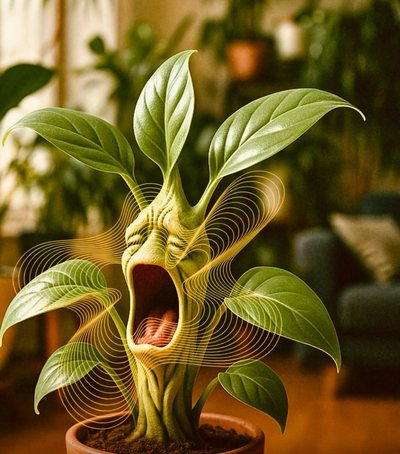Scientists at the University of California, Berkeley, have made an extraordinary discovery in the field of neuroscience and visual perception: an entirely new color, called "olo," which cannot be reproduced on any screen or traditional medium.
How was "Olo" discovered?
This discovery was made possible through an advanced technique that involves directly stimulating M-cones – receptors that detect medium wavelengths of light, typically associated with green – in the human retina, using precise laser pulses. This method bypasses the usual processes of color mixing and illumination in the brain, allowing for a purer and more authentic experience of color.
What is "Olo"?
“Olo” was described by the experiment participants as a deep, highly saturated blue-green, unlike any previously known hue. This color is not found in the conventional light spectrum and, because of the way it is experienced through direct interference with the retina, cannot be reproduced in ink, on computer screens, or in any other visual medium.
In simple terms, “olo” is not a color that “exists” in the physical world, but is the product of our brain’s new sense of light – a perceptual reality that transcends the boundaries of ordinary human experience.
What does this discovery mean?
The discovery of the “olo” opens new doors in our understanding of visual perception and reinforces the idea that what we see is not always a reflection of physical reality, but also a processing of the brain on the stimuli it receives. It challenges traditional beliefs about the color gamut and pushes science towards an area where perception can be expanded beyond biological boundaries.
This discovery also raises interesting potential for future applications, such as:
1. Development of new optical devices for studies of the brain and visual experience;
2. Challenging the boundaries of design, art and visual technology;
3. Expanding virtual and augmented reality (VR/AR) interfaces to include more advanced and personal sensory experiences.
4. Why can't we see "olo" on the internet?
Unlike traditional colors that are built by mixing the three basic components in screen light – red, green, and blue (RGB) – “olo” is only directly experienceable through controlled stimulation of the retina, a process that can currently only be achieved in laboratory conditions.
“Olo” is not just a new color – it is proof that the universe of our senses is not limited by what we have experienced so far. It is a powerful reminder that reality can be much richer and more complex than we imagine.
In a world where colors are increasingly present in every aspect of life, the discovery of a color that cannot be seen on a screen, but only experienced, is a transformative moment for science, technology, and the way we understand vision itself.
Source: https://www.iflscience.com





